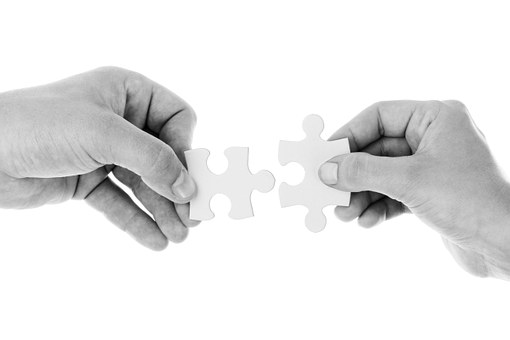Myths About Hypnosis and Hypnotherapy
Category : Uncategorized

So what are the most common Myths About Hypnosis and Hypnotherapy?
I get a lot of clients asking the same questions or myths about hypnosis and what’s real and what’s a misconception, so I’ll address those in this blog.
One of the common myths about hypnosis is we still use a pocket watch and swing it in front of your eyes to put you into hypnosis?
Unfortunately this is not true although I would like to try as I’ve never done it. Any volunteers?
Do you go to sleep or unconscious in hypnosis?,
No we actually need to listen to what is being said so being asleep for example would have a very limited effect compared to being in hypnosis where we want you to focus.
Will I be out of control?
If you were in control then you probably wouldn’t have contacted me or a hypnotherapist. We help you to get back in control of what ever issue you are dealing with.
What’s it like being in hypnosis?
I have had many different experiences of being in hypnosis. Sometimes I hear every word being spoken other times I kind of zone out and don’t hear so much. I’ve seen beautiful colours and images yet other time not a great deal. Not every experience is the same for everyone however the one thing that stands out for me is how wonderful I feel afterwards.
Can anyone be hypnotised?
I believe if the person has the correct mind set then yes. Anyone can be trained to go into hypnosis IF they want to.
What is Hypnosis? Hypnosis is way of using your imagination to create a new reality.
Hypnotherapy is using various therapeutic techniques while the client is in hypnosis.
Can you altar my mind?
Yes, but in a positive way, we can help you to change the way you think, feel and see a problem state and get you to a resourceful one help you to overcome that issue quickly and easily using the power of you own mind. The mind is great at accepting new and positive information that will help it to understand and grow.
Can you make me do thing against my will?
No, your natural values, morals and beliefs are still working and in control so if you wouldn’t do it out of hypnosis you won’t do it in.
What about the people on the stage show? I suggest they exhibionists at heart and very out going people who love to be the life and soul of the party who happen to also be very suggestable. On stage people pop out of hypnosis if something is suggested that goes against their morals for example.
As you may hear a comedy hypnotist say “ You can’t do anything against your morals, values or beliefs while in hypnosis so can I invite all the people on stage who haven’t got any !” LOL
One of my personal favourites is “Are you going to make me cluck like a chicken?” and my answer to this is always “Yes if you want me too but it will cost you an extra tenner (£10) !”.
Therapy it is just that therapy, my soul purpose is to help you to the best of my ability.
Click HERE to read some findings and research on hypnosis.
I hope you found this blog “Myths About Hypnosis and Hypnotherapy” entertaining as well as informative, if you have any more question or if I can help you in anyway contact me HERE
Adam
Beautiful Life Hypnotherapy
Office 024 75098634















